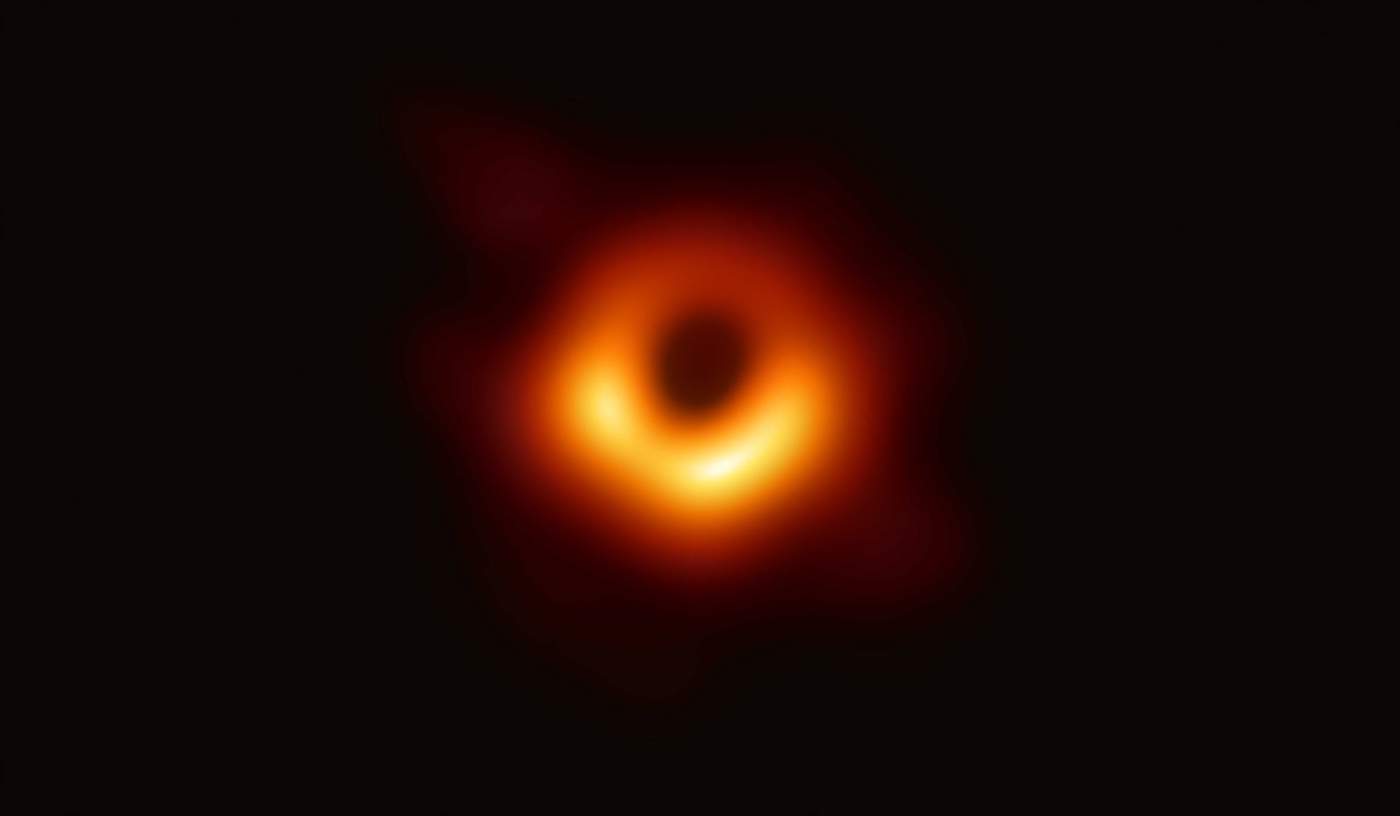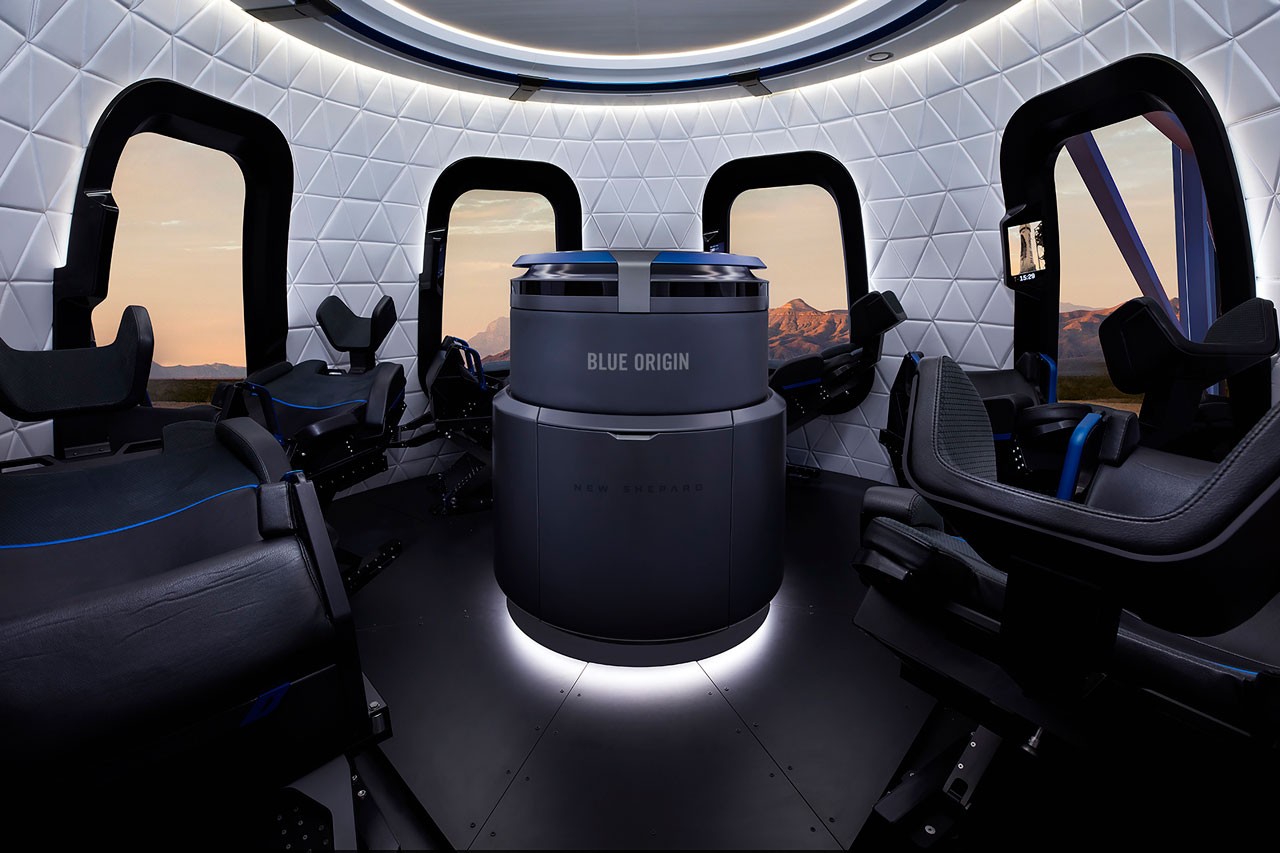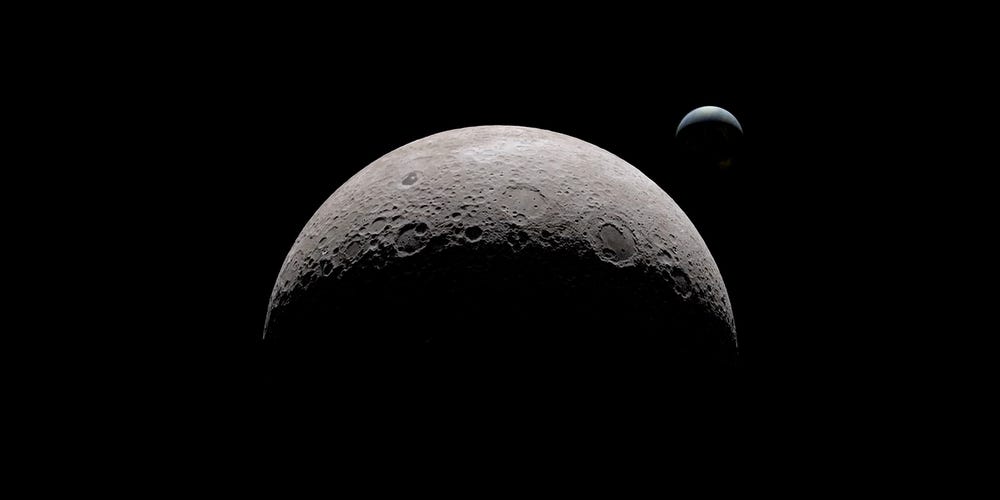Long gone are the days of low-res, messy photographs of stars, planets and other space bodies. Scientists have now been able to shoot an even clearer photograph of the space phenomenon, compared to the one taken two years ago, reigniting interest in the related fields of study.
The image was once again captured by the Event Horizon Telescope, and it shows a black hole dubbed M87, which is positioned 55 million light-years away in a constellation named Virgo, a staggering 6.5 billion times as massive as our Sun.
“It’s like putting on a pair of polarized sunglasses on a bright sunny day — all of a sudden you can see what’s going on,” said Sheperd Doeleman, the founding director of the collaboration and astronomer at the Harvard-Smithsonian Center for Astrophysics. “Now we can actually see the patterns of these fields in M87 and begin to study how the black hole is funneling material to its center.”
According to Jason Dexter from the University of Colorado, the new image reveals the existence of incredibly powerful magnetic fields that are able to resist the magnetized gases at the event horizon, allow some of this gas to escape from the black hole’s immense gravitational pull. Event Horizon contributor Michael Johnson also points out that the jet relies on the rotational energy of the M87 itself.
“A lot of people will be racing back to their pretty calculations, just daydreams in pen on paper, to ask, all excited and nervous, ‘Could the E.H.T. actually see this?’ I’m going to be one of them,” astrophysicist Janna Levin at the Barnard College of Columbia University expressed her reignited interest in the academic field.
Check it out below.




